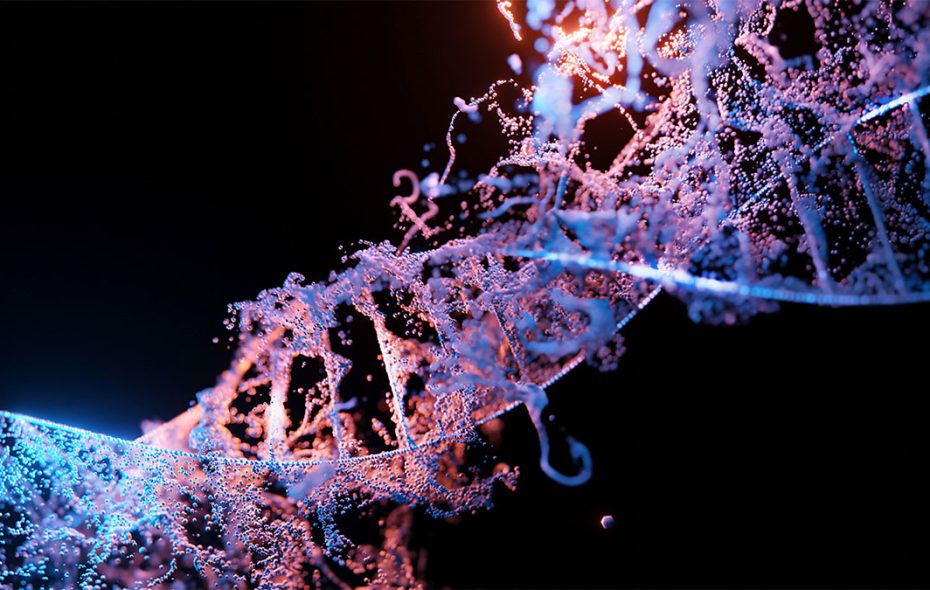
The DNA alphabet just doubled in size. Steven Benner at the Foundation for Applied Molecular Evolution in Florida has published two new functional, artificial nucleobases. This is in addition to two more published previously from his group, and news they are working on a library of 10-12 artificial nucleobases.
In the natural world, DNA is still a four-letter word made up of nucleobases A, G, C, T. Triplets of which encode the 20 standard amino acids which together make up the proteins built in our cells. These nucleobases, codons, and amino acids are found in all life, with minor deviations and few exceptions. The DNA triplet ‘ATG’ encodes methionine in me, you, the apple you’re eating and the bacteria living on it. But there’s redundancy in the triplet code where several can encode the same amino acid. This redundancy can be exploited to introduce novel amino acids.
Synthetic biology has used conventional molecular biology to great effect, giving us the first great example of artificial life from Craig Venter’s lab in the USA. They created a living organism with a minimal genome, Mycobacterium laboratorium. Researchers at Imperial College, London are working on building an essential yeast genome. Outside of redesigning life, another approach is to use its building blocks – DNA, RNA and proteins – to create cell-free machines. Companies like Cell-Free Tech are creating DNA circuits in vitro, removing limiting factors in cell metabolism and toxicity. Novel nucleobases open the door for creating truly artificial organisms.
Benner’s group has been working on artificial nucleobases since the 1980s but making them functional has been a bigger challenge. Researchers at the Scripps Institute, California, created two novel nucleobases – dubbed X and Y – and successfully incorporated them into a living cell where they have been read and translated into amino acids. Benner’s group previously constructed nucleobases P and Z and their latest additions are known as S and B. The development of so many artificial nucleobases has led to researchers asking ‘Is a bigger code really better?’ The number of applications indicates that answer is yes.
Where the language of life is universal, a secret code comes in quite handy – foremost where biosecurity is concerned. GMOs spark undue fear, one of which concerns uncontrolled growth in local ecosystems. In terms of control, exotic DNA can come in handy. Plants or animals encoding novel nucleobases are incompatible with those found in nature. Should pollen from GMO corn or a spider silk-producing goat escape into the wild, the public can rest assured that their modified genes will not be propagated.
Another major application for artificial nucleobases is data storage. Microsoft sees DNA has the potential data storage for the future, a vision supported by leaders in the field such as Bill Peck, CTO of Twist Bioscience. He’s fond of mentioning that the world’s data (1.8 zettabytes), stored in a DNA hard drive, would fit into a teaspoon. You can imagine the capacity of that data storage with Benner’s 12-letter system.
A natural extension of artificial DNA is the ability to encode more amino acids. Novel amino acids have already been incorporated into proteins by essentially taping over redundant DNA code, allowing novel therapeutics that enhance specificity and impart new functions. Using standard DNA, only a handful of novel amino acids could be incorporated into a cell for production. With xeno DNA bases, that number increases exponentially with every new base added. The next big step in engineering biology will be a truly synthetic organism, entirely encoded with xeno DNA and artificial amino acids.